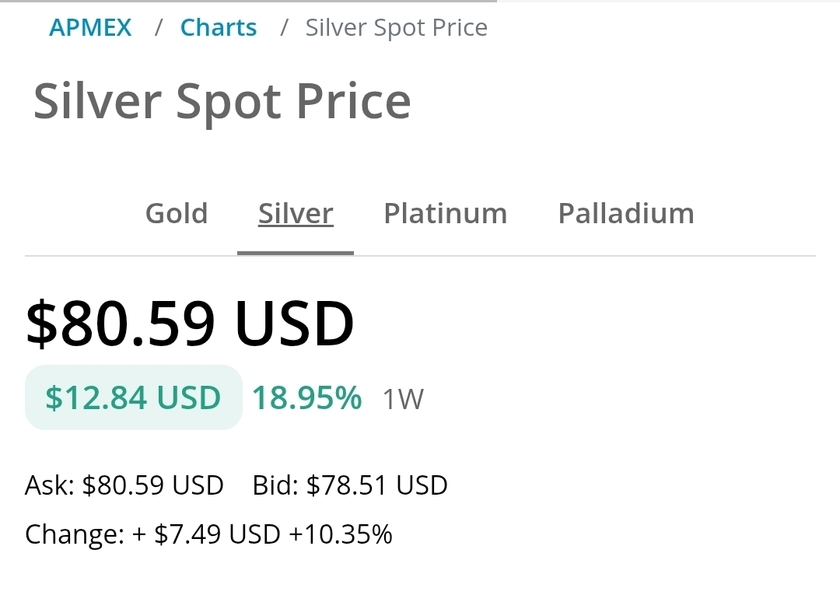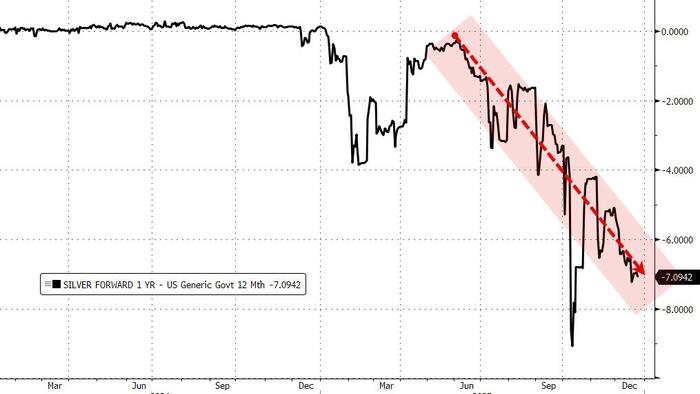The world is in crisis as the increasing global population has strained the limits of what our planet can sustainably offer and renew. Without thinking about sustainability, the ability to fulfil the needs of current generations without compromising the needs of future generations, we risk depleting valuable resources, irreparably damaging our environment, and endangering our very future. Other than the changing attitudes of consumers and forward-thinking businesses, here are also some of the relevant regulations coming into place:
- Construction Products Regulation: proposed in 2022
- EU Strategy for Sustainable and Circular Textiles: implemented in 2022
- EU Ecodesign for Sustainable Products: first adoption in 2024
- Corporate Sustainability Reporting Directive (CSRD): to be implemented in 2024
- New EU Battery Regulation: to be implemented in 2026
- Critical Raw Material Act: first drafts due in the first quarter of 2023
There are also major updates to a host of existing Extended Producer Responsibility (EPR) and other directives whereby traceability is a key focus area such as:
- Packaging and Packaging Waste Directive
- End-of-life Vehicles Directive
- Electrical and Electronic Equipment (EEE) & Waste Electrical and Electronic Equipment (WEEE)
- Conflict Minerals Regulation: to be reviewed in 2023
We can no longer ignore the pressing issues at hand. Our ability to achieve sustainability depends significantly on our ability to work together to reduce waste and environmental impacts, maximise efficiency, and to also ensure ethical practices that do not infringe upon other humans, land rights or the natural ecosystems and biosphere.
Digital product passports and blockchain could play major roles in creating a more sustainable future. Together, they offer a compelling solution to add more visibility, trust and knowledge of complex material flows within global supply chains. But how would they work together?
Your passport is a state-issued document that allows you to travel and return to your home country. It contains a lot of personal information about you and your country of birth, the visas you need to travel, and keeps a record of all the countries you have visited.
Similarly, digital product passports also contain a range of information to track products throughout their entire lifecycle from production to end-of-life disposal. This information can be used to ensure proper sourcing of materials, monitor sustainable manufacturing practices and facilitate product lifetime extension. At the end of use, a digital product passport is invaluable for the disposal of products to increase the efficiency of material recovery and the reduction of waste. Digital product passports can also be used to engage with or reward stakeholders and customers for sustainable practices and behaviours.
Blockchain technology is already being utilised in many industries to improve transparency and traceability, showing immense potential in speeding up the transition towards a circular economy. Due to the decentralised nature of public blockchains, unauthorised access and manipulation of the data is impossible, making it highly trusted and reliable. But because all transactions are visible to everyone on the network this creates a lack of privacy that can be a major concern and barrier for businesses who want to keep certain information confidential and secure such as sensitive data relating to the composition of materials or products. Yet, this is sometimes the exact data that is needed to facilitate circular innovation and recovery strategies.
Fortunately, methods for protecting data privacy have been developed and are already in use in commercial applications. Data can be kept confidential with zero-knowledge proofs, or using smart contracts to securely reference off chain data. Other cryptographic strategies such as ring signatures, homomorphic encryption, and public-key cryptography can also be used to ensure that only the intended recipient can access the specific data set when required.
To summarise:
- Digital product passports offer a transparent way of tracking and managing product information, allowing governments, regulatory bodies, businesses, and consumers to identify and verify the quality and origin of products.
- Building digital product passports on public blockchain technology provide immutable records of ownership, origin and usage, increasing trust and transparency in complicated supply chains.
- Zero-knowledge proofs, smart contracts, and other cryptographic strategies can be used to protect data privacy, enabling transparency and trust without giving away any sensitive or confidential data.
Digital product passports will undoubtedly become the norm in the coming years, just as sustainability has become essential for long-term success. Companies that focus on sustainability can reduce operating costs, improve operations and reduce inefficiencies. At the same time, they can increase customer satisfaction and loyalty, boost brand reputation, and tap into the growing demand for sustainable products.
Creating a digital product passport requires dedication, planning, analysis, and collaboration to ensure that all the relevant information is accurately captured and stored. The work does not end with its implementation. It will also need to be continuously monitored, analysed, and audited to identify any issues that need to be addressed, such as outdated or inefficient processes.
Realising and implementing working digital product passport systems will be the first step on an innovation journey that will create new interconnected ways of working. The full benefits of digital product passports will only be realised once they are scaled and interoperable across multiple value chains. The data and insights contained within digital product passports can then be used to inform material selection challenges, product design briefs, and circular business models. In turn, these can facilitate customer interactions to promote sufficiency, product lifetime extension and take-back operations to facilitate end-of-life recovery.
This is how we realise the circular economy vision for materials and products to flow end-to-end and back again through multiple loops of use and reuse. Yet, technological solutions alone will not bring about these full potential benefits; there’s also a need to change mindsets around how, what, when, and with whom to share data. This is why we are working to consistently advance practical examples of what is possible when combining digital transition with circular innovation and supply chain operations.
Circularise supports companies in their transition towards circularity. Our cutting-edge solutions protect your data privacy and give your business a competitive advantage. Sustainability can be an attainable, yet profitable objective for your business as it scales.




























